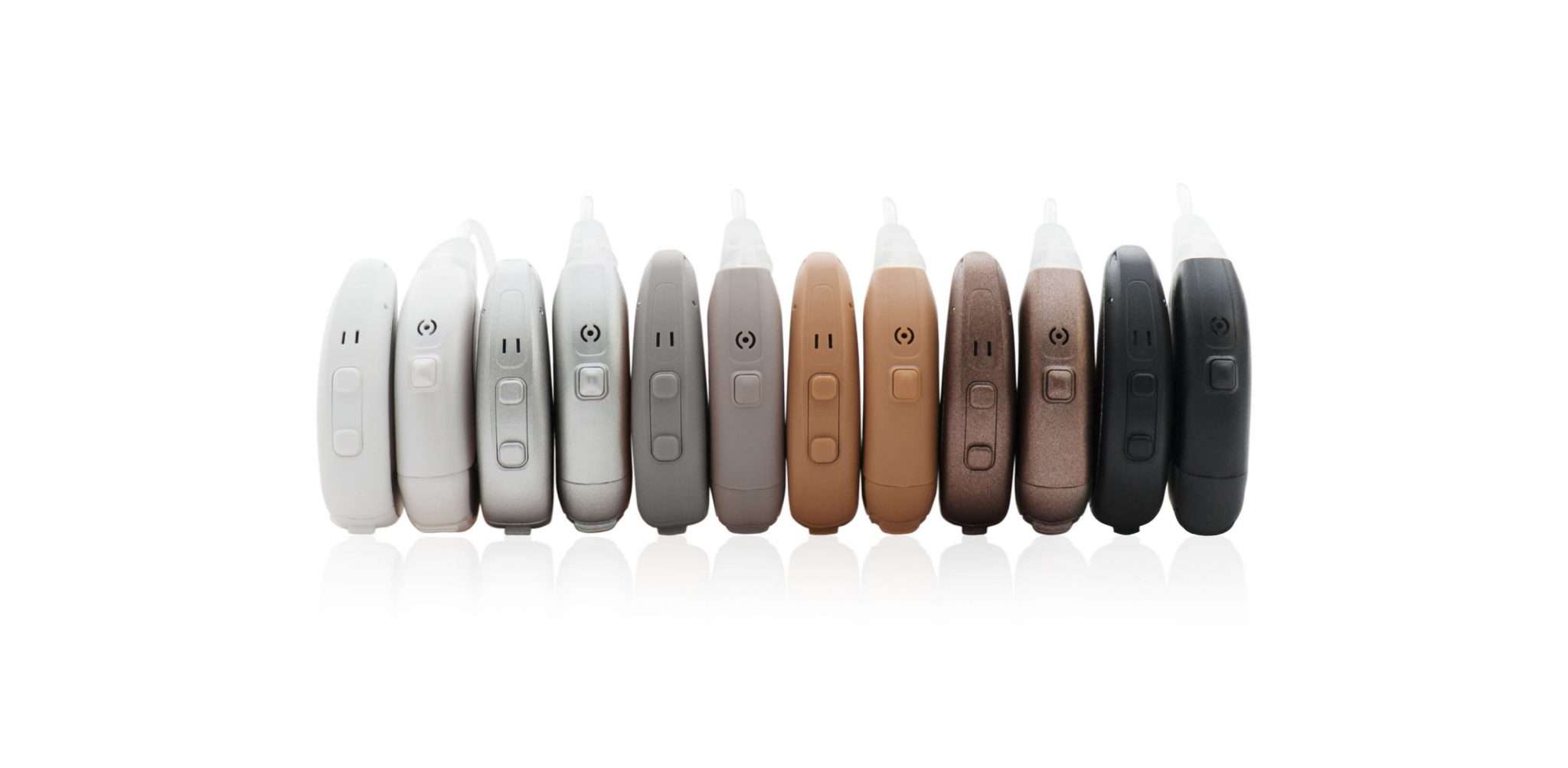
Researchers at the
University of Strathclyde have discovered that the Greater Wax Moth can hear frequencies as high as 300 kilohertz, giving it the best hearing ability of any animal ever recorded. To compare to this natural "
hearing technology," humans can only detect frequencies of
20 kilohertz.
Hearing Technology From Humble Origins
A natural pest of beehives, this moth is conventionally used as a laboratory animal for scientific studies on toxicology and as live food in the commercial pet trade industry. However, long before this critter made its way into labs or feeding tanks, it evolved an uncanny ability to sense the environment.
Scientists are still unsure as to why this super powered
hearing technology has developed in the moth. Some theories point to the wax moth's hearing as a defense mechanism against its natural enemy, the bat. Moth-eating bats use
echolocation, a phenomenon in which prey can be pinpointed through a series of high frequency clicks that generate reflective sound waves. Moths that can detect these high-frequency clicks are better able to avoid capture. Its super hearing can also function to enable mating, as males produce ultrasonic pulses during courtship in addition to secreting an airborne pheromone.
Greater Wax Moth's Hearing Technology: How They Did It
The experiment was carried out at the Centre for Ultrasonic Engineering at the University of Strathclyde's Department of Electronic and Electrical Engineering. Researchers dissected the auditory nerves of the moths, which were then exposed to frequencies ranging from 50 to 300 kilohertz. They observed that frequencies of 300 kilohertz generated a nerve response, meaning that the moths could actually detect noise at that particular frequency.
The Future of Hearing Aids and Hearing Technology
The structure of the Greater Wax Moth's ears is very simple, with only four auditory receptor cells in the hearing organ. Given this straightforward method of hearing, researching the anatomy of Greater Wax Moths could indeed pave the way for new models of
hearing technology. Biomimetic design, or the manufacturing of technology modeled after biological structures found in
nature, is the next logical step in applying the freshly discovered ability of this eccentric animal. With new innovations in 3D printing evolving at a startling pace, the birth of a revolutionary brand of hearing aids is undoubtedly soon to come.
by Aaron Rodriques
 Researchers at the University of Strathclyde have discovered that the Greater Wax Moth can hear frequencies as high as 300 kilohertz, giving it the best hearing ability of any animal ever recorded. To compare to this natural "hearing technology," humans can only detect frequencies of 20 kilohertz.
Researchers at the University of Strathclyde have discovered that the Greater Wax Moth can hear frequencies as high as 300 kilohertz, giving it the best hearing ability of any animal ever recorded. To compare to this natural "hearing technology," humans can only detect frequencies of 20 kilohertz.
 Researchers at the University of Strathclyde have discovered that the Greater Wax Moth can hear frequencies as high as 300 kilohertz, giving it the best hearing ability of any animal ever recorded. To compare to this natural "hearing technology," humans can only detect frequencies of 20 kilohertz.
Researchers at the University of Strathclyde have discovered that the Greater Wax Moth can hear frequencies as high as 300 kilohertz, giving it the best hearing ability of any animal ever recorded. To compare to this natural "hearing technology," humans can only detect frequencies of 20 kilohertz.




